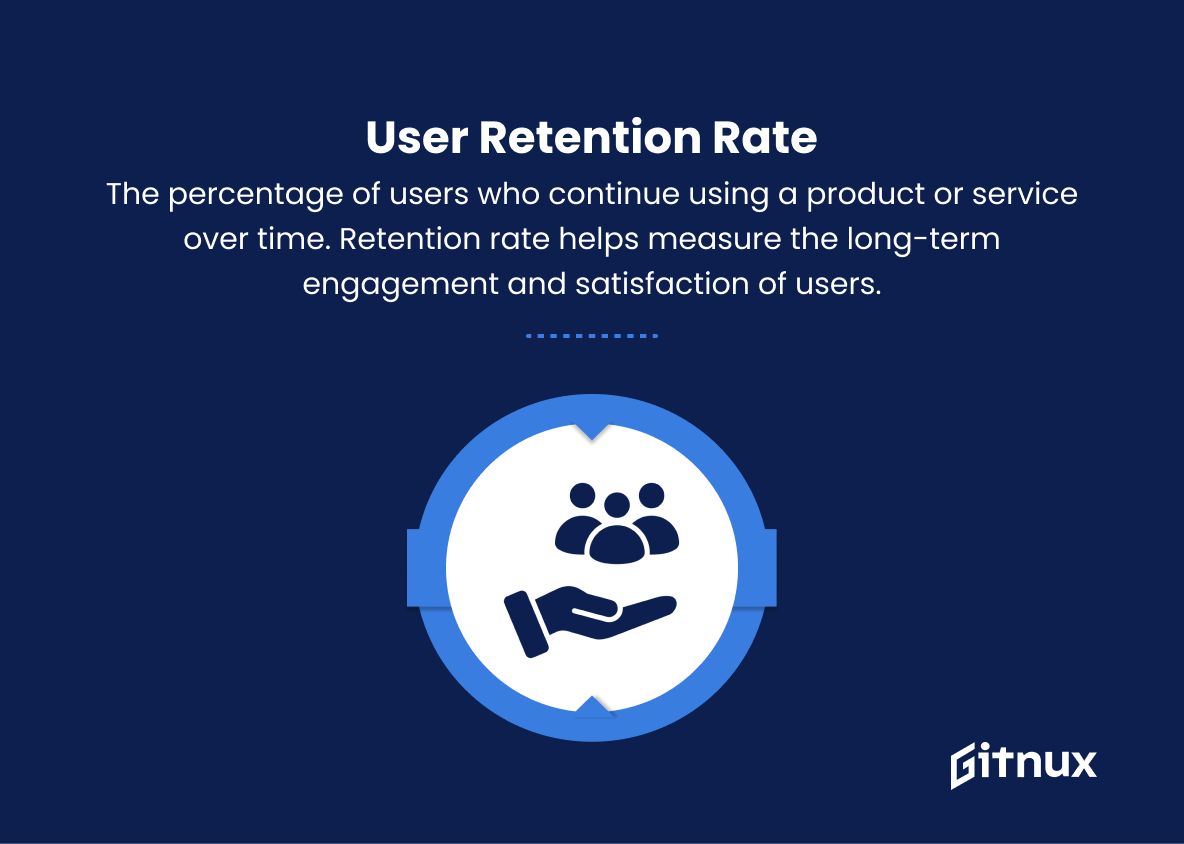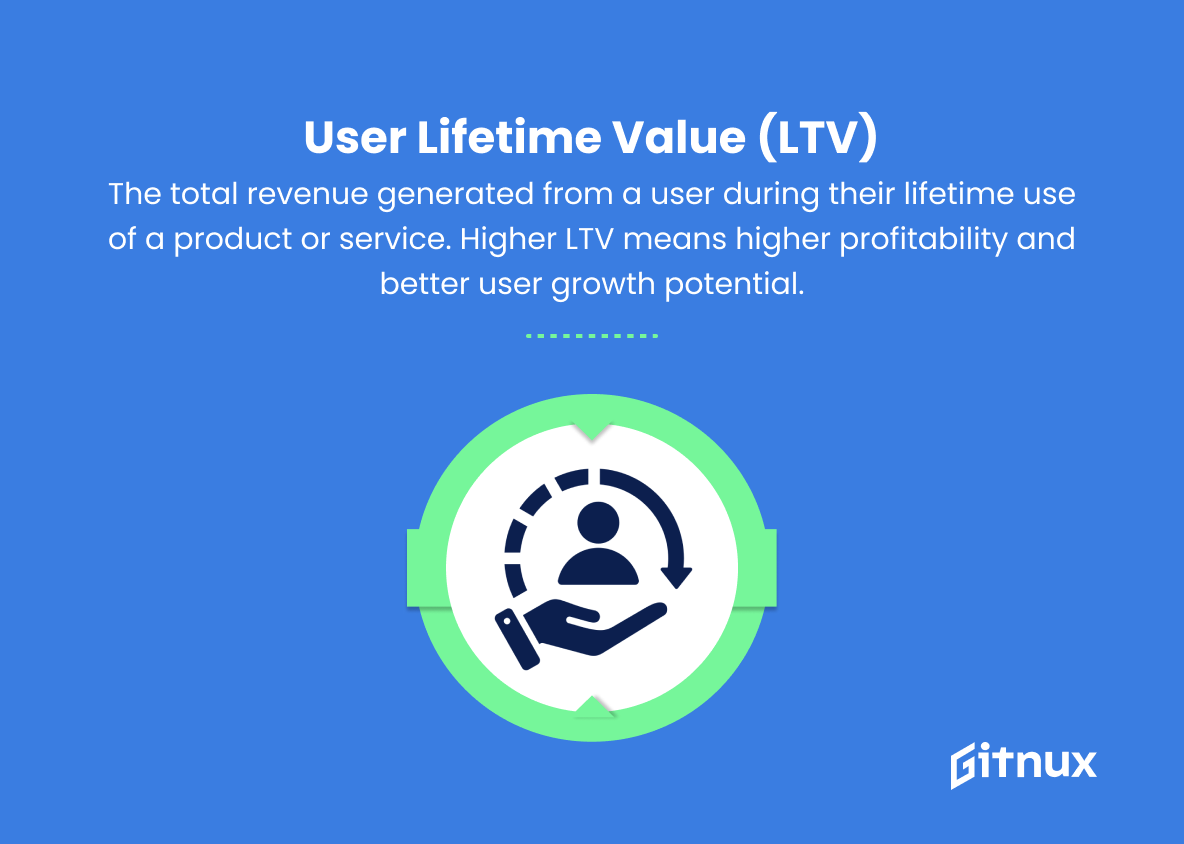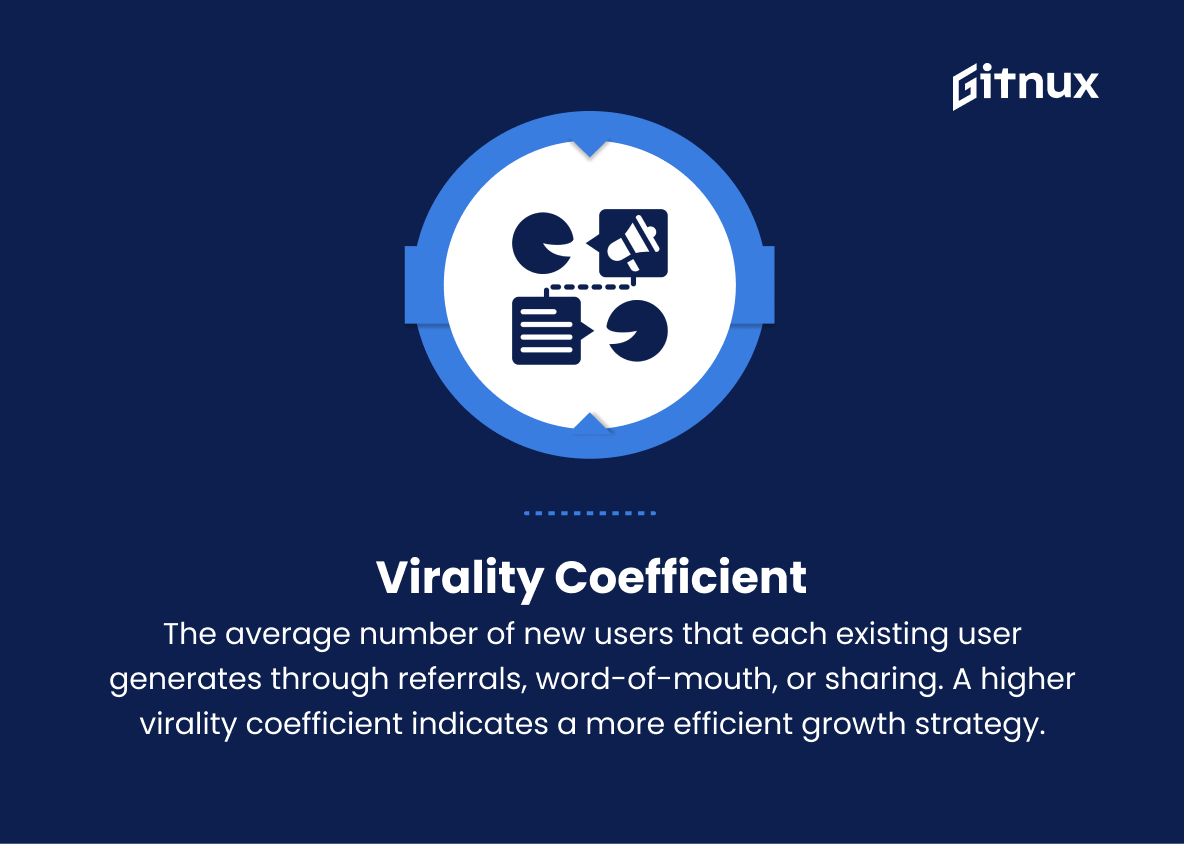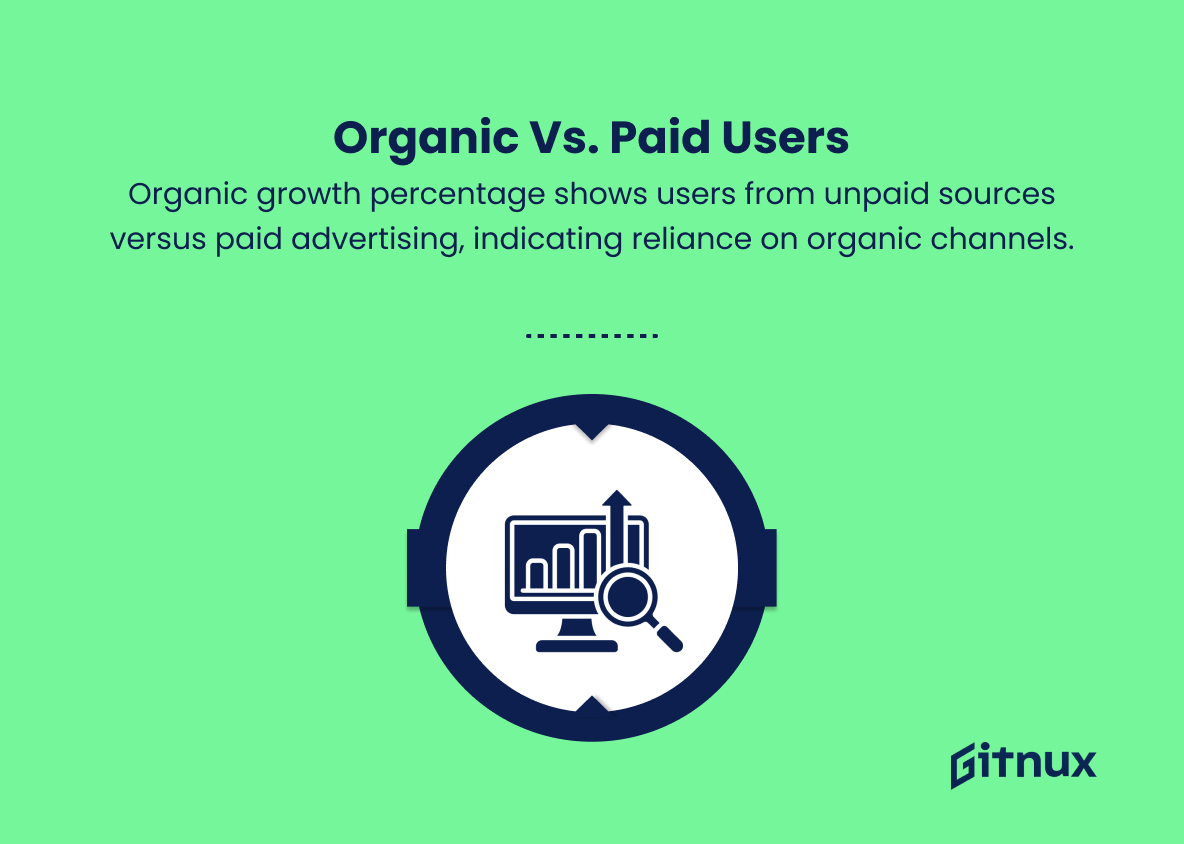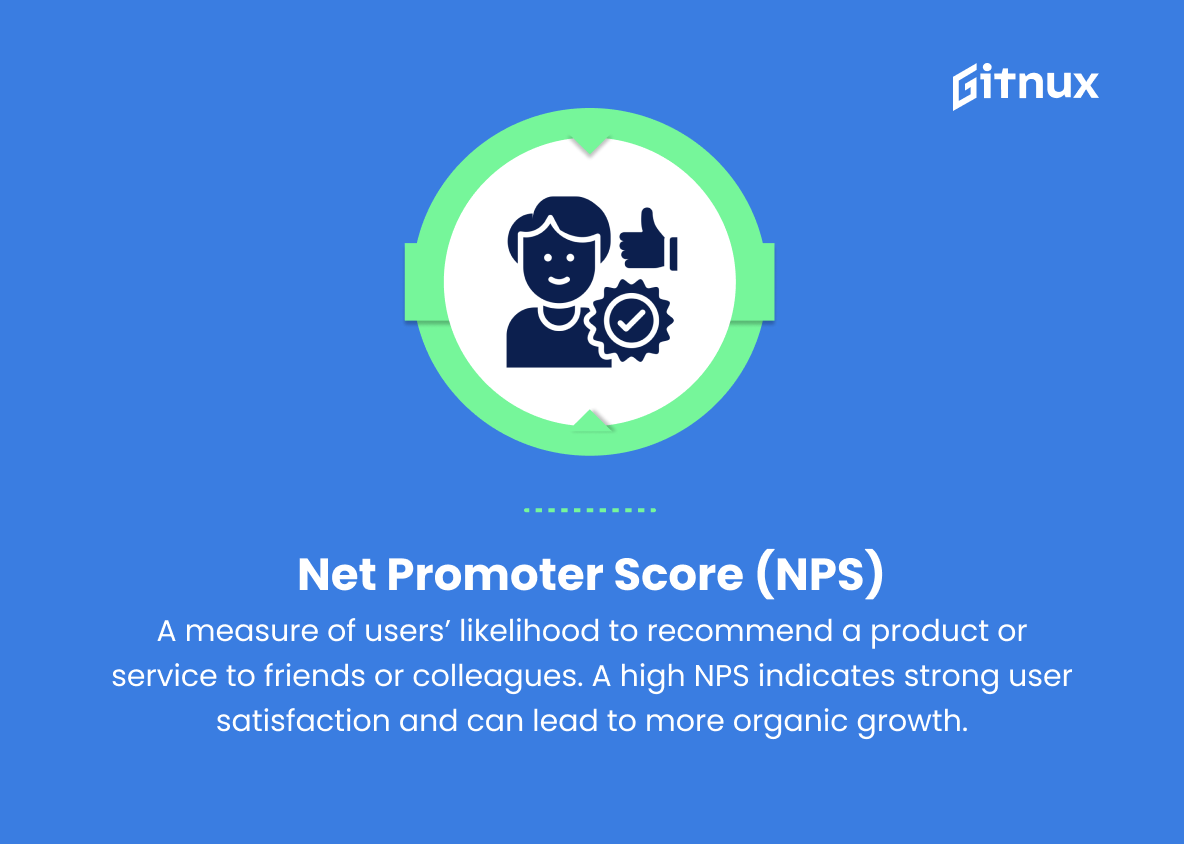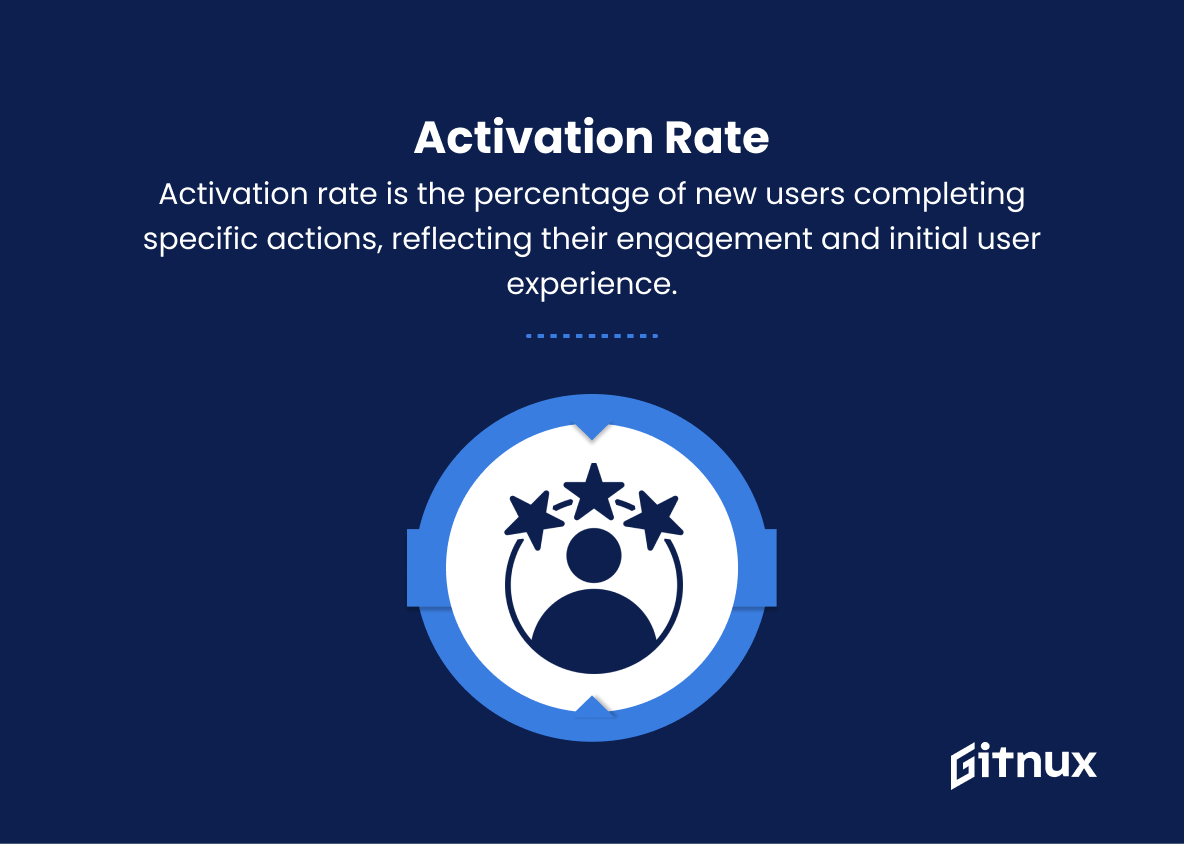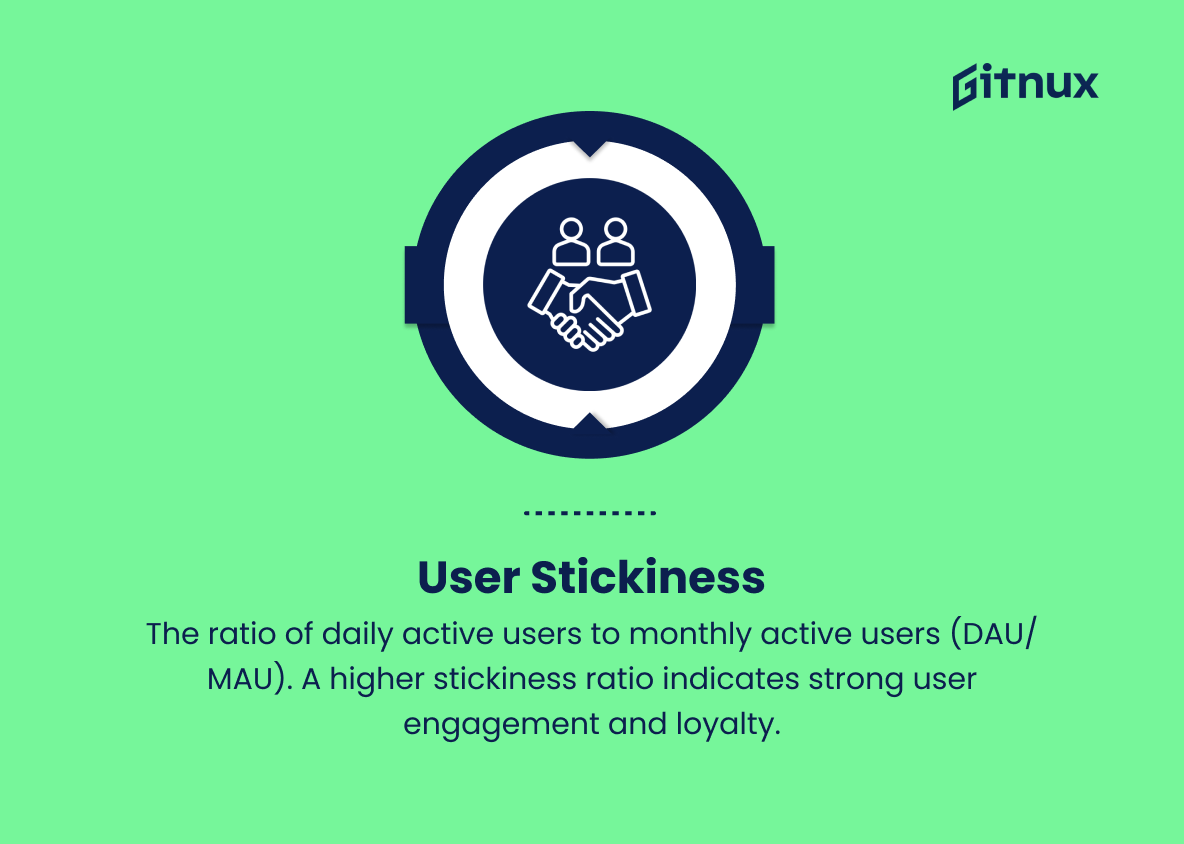In today’s tech-savvy world, the success of any digital platform, be it an app, website, or online service, is heavily dependent on a key factor: user growth. Measuring, analyzing, and understanding user growth metrics is vital for businesses, marketers, and developers alike as they strive for expansion and increased profitability.
In this comprehensive blog post, we will delve into the realm of user growth metrics – exploring their significance, highlighting the essential metrics you should monitor, and providing insights on how to interpret and utilize these findings. Whether you are a seasoned professional or a newcomer in the world of digital platforms, this post will arm you with valuable knowledge to drive your project forward and reach new heights of success. So, let’s embark on this journey towards unravelling the hidden power of user growth metrics.
User Growth Metrics You Should Know
1. Daily Active Users (DAU)
The number of unique users who engage with a product or service daily. This metric helps measure the daily user engagement and overall growth.
2. Monthly Active Users (MAU)
The number of unique users who engage with a product or service monthly. This metric helps track user engagement over a more extended period.
3. User Churn Rate
The percentage of users who stop using a product or service during a specific time frame. A lower churn rate indicates better user retention.
4. User Retention Rate
The percentage of users who continue using a product or service over time. Retention rate helps measure the long-term engagement and satisfaction of users.
5. User Acquisition Cost (CAC)
The average expense to acquire a new user, including advertising, marketing, sales, and support costs. Lower CAC indicates a more cost-effective user growth strategy.
6. User Lifetime Value (LTV)
The total revenue generated from a user during their lifetime use of a product or service. Higher LTV means higher profitability and better user growth potential.
7. Virality Coefficient
The average number of new users that each existing user generates through referrals, word-of-mouth, or sharing. A higher virality coefficient indicates a more efficient growth strategy.
8. Organic vs. Paid Users
The percentage of users who join a product or service through organic search and referrals versus paid advertising campaigns. Higher organic growth indicates a lower dependency on paid channels.
9. Net Promoter Score (NPS)
A measure of users’ likelihood to recommend a product or service to friends or colleagues. A high NPS indicates strong user satisfaction and can lead to more organic growth.
10. Activation Rate
The percentage of new users who complete a specific action or set of actions within a given time frame, indicating their engagement with the product or service. Higher activation rates show better initial user experiences.
11. User Stickiness
The ratio of daily active users to monthly active users (DAU/MAU). A higher stickiness ratio indicates strong user engagement and loyalty.
12. Time to First Key Action
The average time it takes for a new user to complete a significant action (e.g., making a purchase, creating content) within the product or service. This metric can indicate the effectiveness of the onboarding process.
13. User Session Duration
The average time a user spends on your website, app, or platform during a single visit. This helps measure user engagement and the overall value offered by the product.
User Growth Metrics Explained
User growth metrics are crucial in understanding and evaluating the performance of a product or service, as they provide insights into daily and long-term user engagement, user retention, acquisition costs, and overall satisfaction. Metrics such as Daily Active Users (DAU), Monthly Active Users (MAU), and User Churn Rate help in measuring user engagement and its trends over time, while User Retention Rate and User Lifetime Value (LTV) assess how well the product retains its users and generates revenue.
Virality Coefficient, Organic vs. Paid Users, and Net Promoter Score (NPS) play essential roles in understanding the efficiency of user acquisition strategies and user satisfaction levels, which contribute to organic growth. Activation Rate, User Stickiness, Time to First Key Action, and User Session Duration further provide insights into the user experience, onboarding process effectiveness, and the value offered by the product, ultimately helping businesses make informed decisions to optimize their growth and ensure long-term success.
Conclusion
In conclusion, user growth metrics play an invaluable role in understanding the success and progress of your business, product, or service. By tracking essential indicators such as acquisition, activation, retention, referral, and revenue metrics, businesses can gain insights into their overall performance and efficiency, and make data-driven decisions to optimize user experience and conversion.
It is crucial to stay up-to-date with ever-changing market trends, user behaviors, and technological advancements, ensuring that the chosen growth metrics are relevant and aligned with both short-term and long-term goals. Success in user growth analysis requires consistent monitoring, analysis, and strategic implementation of insights, ultimately paving the way for sustainable growth and a thriving business.



